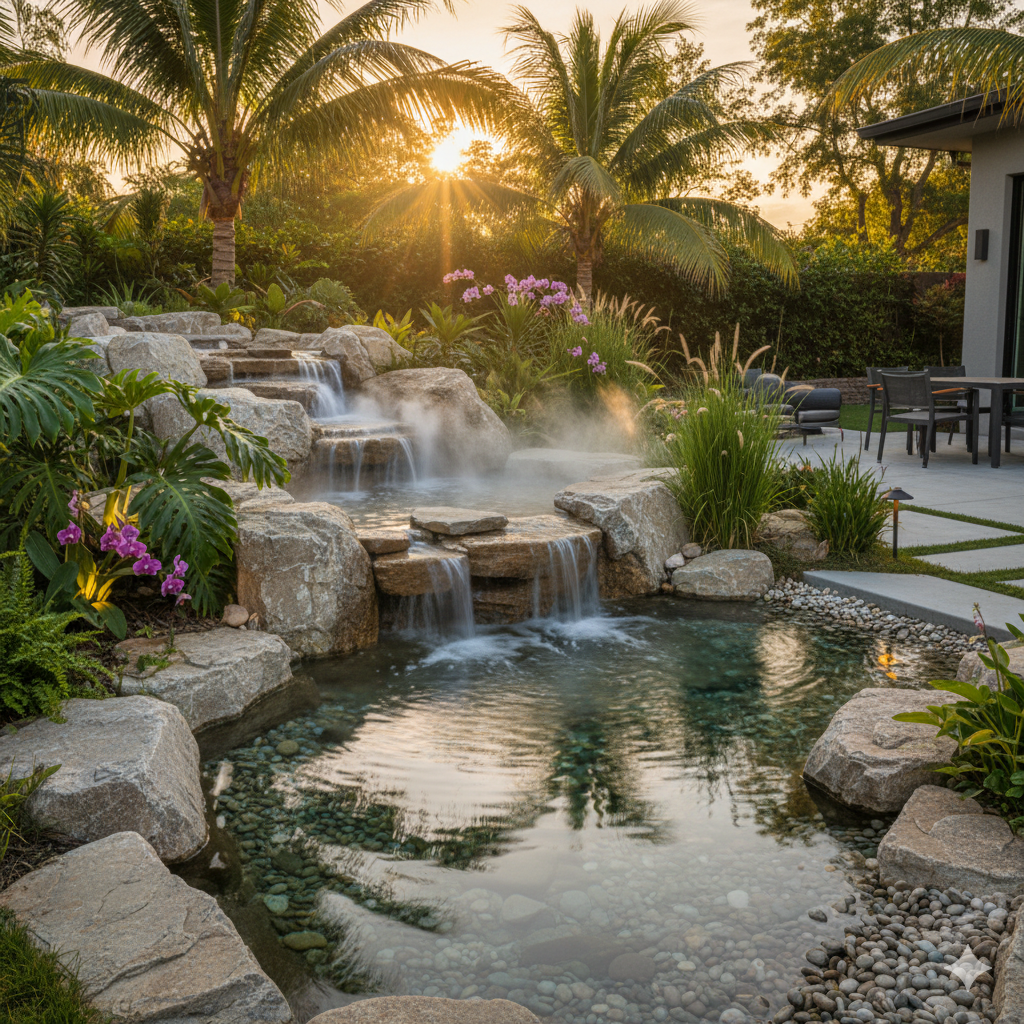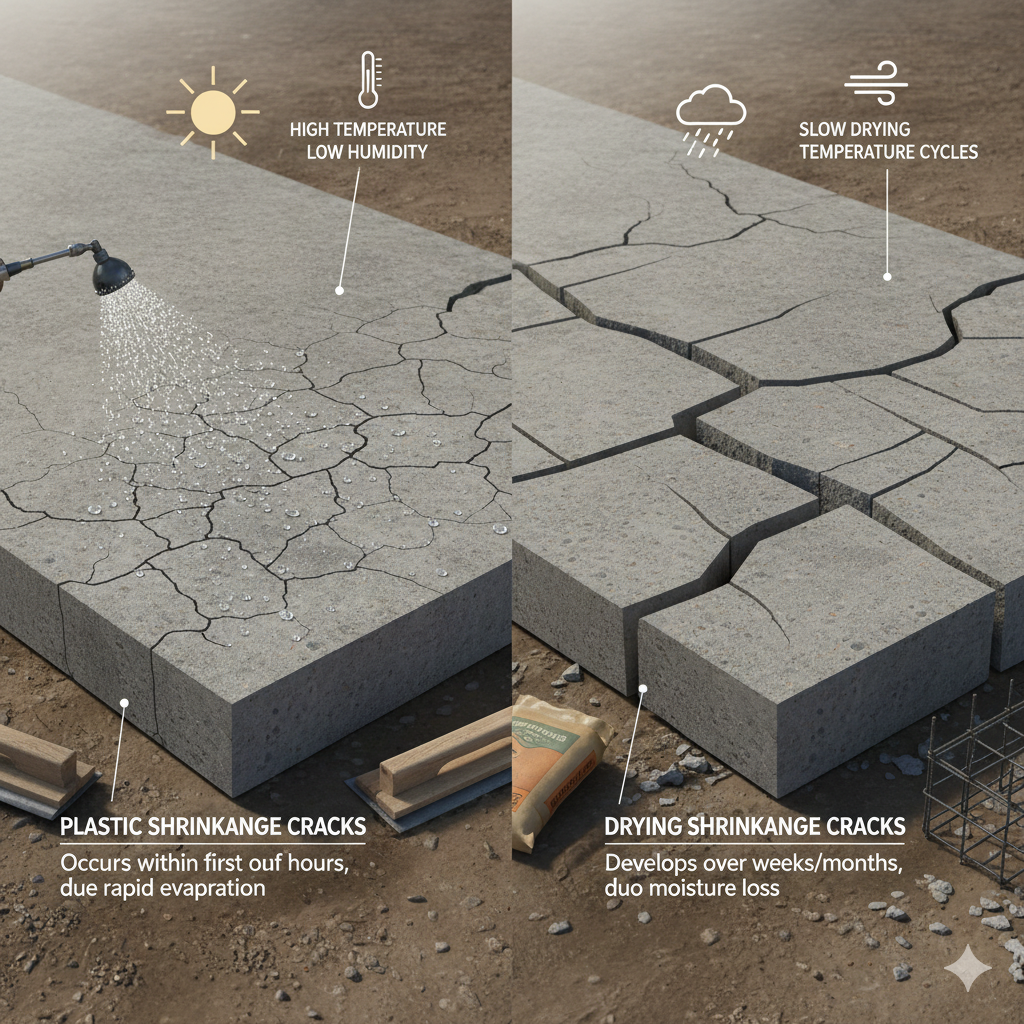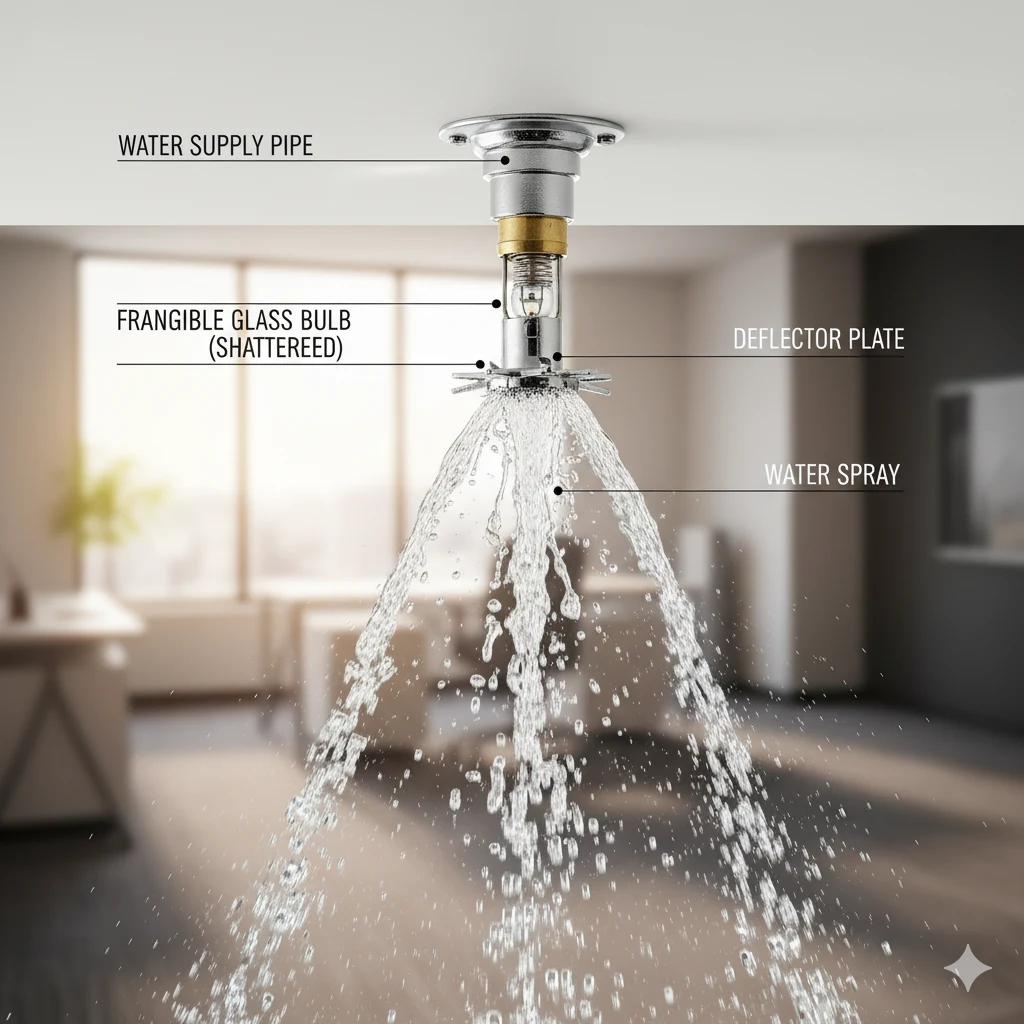One drink feature or reservoir is one of the most captivating accents to any home, patio, or monetary landscape. Suddenly, another gentle sound of flowing drink build a sense of patience, while the visual move boost charm and life to the environment. In the heart of this captivating display hypocrisy the pump framework, the unseen but vital engine that keeps everything in act.
The pump system is able for circling water throughout the feature, creating continuous act and assure the proper flow between levels. When water cascades down to the lower tub, it is the pump that pushes it tail to the top reservoir for redistribution. Without a well selected pump, indeed the most pretty fountain structure can become stagnant or noisy, plunging its expected effect.
Water aspect and geyser pump systems come in a variety of sizes, capacities, and power options — each with unique clout and limitations. Selecting the right pump needs leery consideration of several major factors, from the. Size of your water aspect and filtration system to energy use, maintenance, and brand reputation.

Understanding the Role of the Pump in a Water Feature
The pump is the central mechanical piece that keeps water circling. It forges the flow and pressure necessary to earn the desired visual and. Subsequently, auditory effect — whether that’s a tranquil trickle, a bubbling stream, or a dramatic cascade.
Without the right pump, drink may move too slowly (causing poor circulation, seaweed growth, Subsequently, or a rough flow) or too forcefully (leading to melted, noise, and wasted drink). Simultaneously, certain right balance depends on the design of your feature and the overall size of drink it cool.
Determining the Volume or Size of Your Water Feature
The size and volume of your water feature are the most major cause in determining what type of pump you need. Pumps are rated by the bulk of water they can shift per hour, noted as liters per hour (LPH) or gallons per hour (GPH).
To determine the appropriate pump size:
Calculate the full water volume your feature holds.
For example, if your pond, basin, or reservoir contains 5,000 liters of water, your pump should have a minimum flow cost of 5,000 LPH — meaning it can spread the entire volume once every hour.
Consider the feature’s design and intricacy.
Features with different tiers, wide spillways, or intricate shapes often need a tap with a higher flow rate to atone for water loss through evaporation, wet, or erosion in the tubing.
Plan for efficiency and resilience.
It’s always well to buy a pump that is slightly too dominant than required. It’s possible to regulate its flow using a valve or flow control structure, but a weak pump can’t be pushed to perform beyond its rated space.
A pump that is too small will struggle to maintain the water flow, resulting in inefficiency, strain on the motor, and uneven distribution of water. In contrast, a pump that is appropriately sized or slightly oversized ensures a steady and visually pleasing performance.
Matching the Pump to the Filtration System
Not all water features have filtration systems, but many do — especially those. With ponds, fish, or large reservoirs that need to remain clean and clear. Eventually, if your water feature includes a filtration system, your pump must be consistent with it.
The flood rate of the pump should match or exceed the space of the filter.
For instance, if your filtration system alters 5,000 liters per hour, your pump should also have a rating of 5,000 LPH or more.
If the two wiring are distant, several problems may occur:
- A pump with in enough flow. Will fail to circulate water through the filter finally, indirect in dirty or idle water.
- Each pump that top the filter’s space could force water through too quickly, dieting filtration skill and possibly damaging the filter media.
By ensuring rapport between the pump and filtration system, you keep smooth water movement, evident water, and a more viable ecosystem for your feature.
Considering Power Source and Energy Consumption
Water trait and stream pumps are generally powered by electricity or solar energy. Lately, the pick between the two depends on your installation home, budget, and indirect goals.
Electric Pumps
Electric pumps are the most broadly used because of their reliability, steady act, and capacity to handle larger drink volumes. They are good for both indoor and outdoor installations.
Still, before acquiring an electric pump, it’s important to consider energy efficiency and managing costs. Modern pumps often feature energy-saving technology, tolerant them to run continuously while exhausting minimal power.
To reduce electricity costs:
Use a timer to run the pump for specific hours each day rather than 24/7.
Regularly clean filters and intake screens to maintain efficiency.
Choose pumps with adjustable flow controls to optimize water movement and energy use.
Solar Pumps
Solar-powered pump systems are gaining acclaim due to their eco-friendly and cost-effective nature. They harness energy shortly from the sun, eliminating the need for electricity and decreasing environmental impact.
Solar pumps are best suited for locations that receive abundant star year-round. Eventually, however, they may not be ideal for shaded areas or regions with constant cloudy weather unless combined with a battery backup system.
Whether you choose electric or cosmic, the goal is to select a pump that offers true performance, durability, and efficiency for your exact setup.
Evaluating Brand and Build Quality
While the brand name may not be the top consideration, it often serves as a useful indicator of quality and reliability. Several manufacturers have built reputations for producing pumps that are durable, quiet, and energy-efficient — qualities that aren’ttable key for long-term outdoor use.
When judging different brands:
Research online reviews and feedback from verifiable users.
Check for warranties and after-sales support in your region.
Look for pumps made with corrosion-resistant materials, such as stainless steel or top-of-the-line plastic, which are ideal for outdoor environments.
Remember that brand reputation should achieve, not replace, other basic factors like flow rate, head height, and energy.
Maintenance, Noise, and Durability
A good water feature pump should nay only perform well but also last for years with minimal maintenance.
Choose pumps with easy-to-clean filters or accessible housings to simplify maintenance. Clogged pumps reduce flow and strain the motor, noted to premature wear.
Noise level is another consideration — notably for indoor fountains or residential gardens. Submersible pumps are usually quieter since they do submerge, muffling sound and vibration.
Durability also matters. Outdoor pumps should be immune to UV rays, temperature changes, and water risk. Look for pumps with sealed motors and weatherproof tool to ensure durability.
When to Consult a Professional
Even with all the clue open, culling the exact pump can still be a complex process. Factors such as head height, tubing width, friction loss, and water gesture all affect performance.
In terms of best results, consult a water feature and fountain specialist. A professional can:
Accurately guess flow rate and head height elements.
Recommend pump models and brands that suit your design.
Ensure correct base and system for optimal performance.
Provide guidance on filtration, supply, and durable care.
Expert advice helps you avoid costly mistakes and ensures your water feature operates freely for years to come.
Final Thoughts of Water Feature
Certain well-chosen draw system lead your Water Feature trait to life, lasting steady motion, note, and clarity. By understanding the accord between draw capacity, trait size, filtration, and energy use, you can form an amicable and sustainable water display.
Whether you opt for an electrical or solar-powered model, always compute efficiency, compatibility, and quality over cost alone. Plus when in doubt, offer the help of a professional for expert recommendations. With respect to complete teaching and high-quality water feature solutions, make out to Water. Feature Singapore — your trusted partner for professional water feature design, plant, and maintenance.






